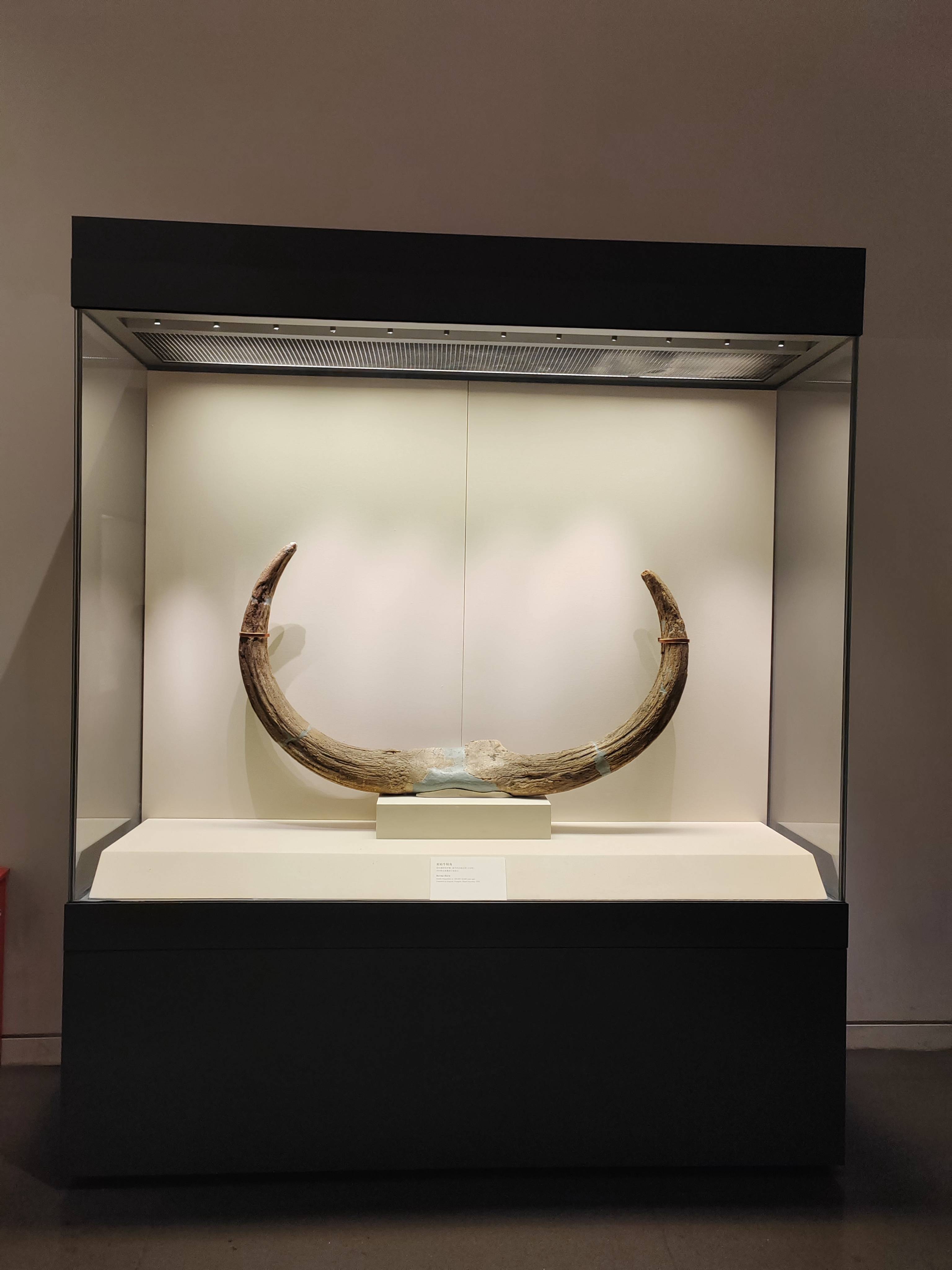The production process usually includes the following steps:
Design stage: According to the characteristics, quantity, size and display needs of the exhibits, determine the design requirements of the size, shape, style, material, color, lighting and other aspects of the display cabinet, and formulate a detailed design plan.
Material procurement: according to the design plan, purchase the required display cabinet materials, including glass, metal, wood, acrylic, etc.
Cutting and processing: according to the design drawings, cut, polish and combine the materials required by the display cabinet to make the required display cabinet structure and components.
Assembling and assembling: assembling, bonding, nailing and welding the processed display cabinet structure and components to form the main structure of the display cabinet.
Surface treatment: According to the design requirements, treat the surface of the display cabinet, such as painting, spraying, baking varnish, etc., to protect the surface of the display cabinet and increase the beauty.

Lighting installation: According to the design requirements, install the lighting system in the display cabinet to highlight the characteristics and aesthetic feeling of the exhibits.
Trial assembly and debugging: conduct trial assembly and debugging of the main structure and lighting system of the display cabinet to ensure that the functions and effects of the display cabinet are normal.
The above is the general production process of museum display cases. The production process may be different for different types and sizes of display cases. Located in Buji Wenbo Palace,
Shenzhen Huabo Art Exhibition Cultural Engineering Co., Ltd. is a professional cultural engineering company integrating interior planning, design, budget and construction. Its core business is the projects of government cultural departments ( museums, memorials, art galleries, cultural museums, art galleries, non-heritage museums, planning museums, party history museums, archives, science and technology museums, youth activity centers, etc.). The Party and Mass Service Center and other ten pavilions (two centers ) are mainly used for planning, design and exhibition ( high-end boutique display cabinets ) .